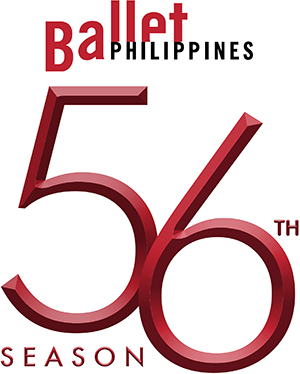

BP Beautiful People
The BP Beautiful People program develops collaborations with talented individuals from outside the ballet sector. Providing a diverse range of tips and tricks that range from lifestyle, well-being and nutrition to fashion, beauty, costume design, and more.
Ballet Philippines'
Portuguese brand, Josefinas, adds sparkle to its blue velvet ballet shoes with a precious topaz gem.
The history of ballet flats goes as far back as the 1600s. During the Renaissance period, men and women wore flat shoes with pointed tips as a sign of nobility. By the 1700s, flats were introduced into ballet, when dancer Marie Camargo decided that they were more functional for performances than the heeled shoes ballerinas were wearing at the time. The ballet flat as we know it became popular during World War II due to a leather shortage. American designer, Clare McCardell, ordered rubber-soled ballet flats that would match pieces from her collection. McCardell’s idea caught on with fashionable women in the entertainment industry. A decade later, style icons like Audrey Hepburn and Bridgitte Bardot wore flats on and off the silver screen. Women around the world quickly followed their idols, turning the shoe into a wardrobe essential.
In the 1980s, Chanel Creative Director Karl Lagerfeld revived the ballet flats trend. He adapted Coco Chanel’s iconic two-tone pump into flat form for his spring/summer 1984 collection. Lagerfeld called his footwear an homage to Coco Chanel, who was an ardent fan of the Ballet Russes in Paris. Today, fashion brand’s around the world have interpreted the ballet flat in a variety of styles. Writer Alexis Bennett, in a recently published piece for Vogue Magazine, wrote that the ballet flat is “the most important transitional shoe.” In her article, she would go on to cite a handful of designer brands that manufacture stylish and functional flats. Among those she recommended are the Prada patent leather ankle-strap ballet flats, Tory Burch’s ballet loafers, and Toteme’s T-strap faile point-toe flats.
Despite numerous designers taking on the famous shoe, the most precious of ballet flats come from under-the-radar Portuguese fashion house, Josefinas. Founded in 2013 by ballerina-turned-shoemaker Felipa Júlio, the company specializes in crafting handmade luxury ballet flats. Their mission is to empower women around the world by creating shoes “that will take them anywhere.”
The brand’s 2020 collection, aptly called 1001 Nights, is inspired by the ancient stories of the Middle East. The “crown jewel” of the collection, The Blue Persian Salt, which fashion observers hail as “the most expensive ballet flats in the world”. A pair of Blue Persian Salt from Josefina retails at €3369. It is handcrafted by skilled Portuguese artisans using fine blue velvet. Adorning the shoe is a gilted pendant with a Blue Topaz Jewel. “The idea was to fuse together the best of two worlds—expert shoe crafting and fine jewelry art,” reports luxury website The Pinnacle List. “Inspired by the very rare and very beautiful blue Persian salt from Iran, Filipa Júlio added a unique and luxurious touch to these lush ballet flats by incorporating a gold-based pendant that sustains a blue topaz. But there’s more… besides its exquisite and intense shade of blue, this semi-precious stone is also known for its mystical properties of luck and protection.”
While The Blue Persian Salt is a far cry from the classic ballet flats worn by the likes of Audrey Hepburn, fashion writers have praised it for its craftsmanship. They are elegant in design, and were specifically made to match any outfit. The Pinnacle List writes: “[It is] a rare and stunning work of art in your closet and on your feet, ready to take you on the most magical of adventures… that’s just the way Josefinas travel, always in style.” In addition, they come in a handmade box “worthy of a jewel”. The Blue Persian Salt is still available at a limited capacity through the brand’s e-commerce store here.
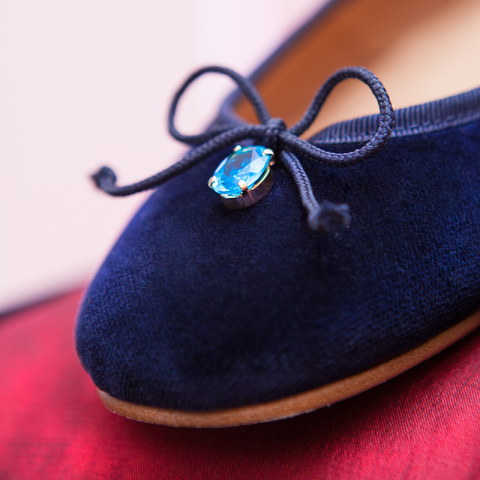
Photo courtesy of Josefinas
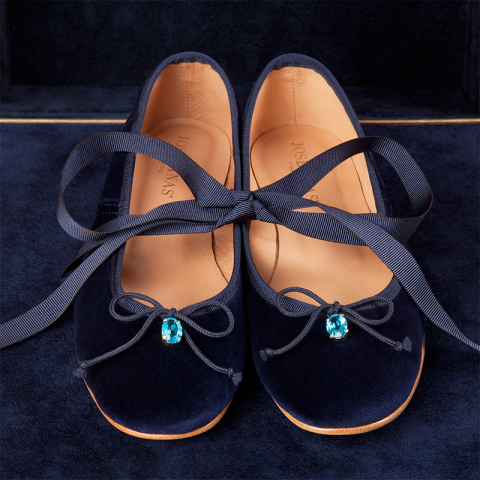
Photo courtesy of Josefinas
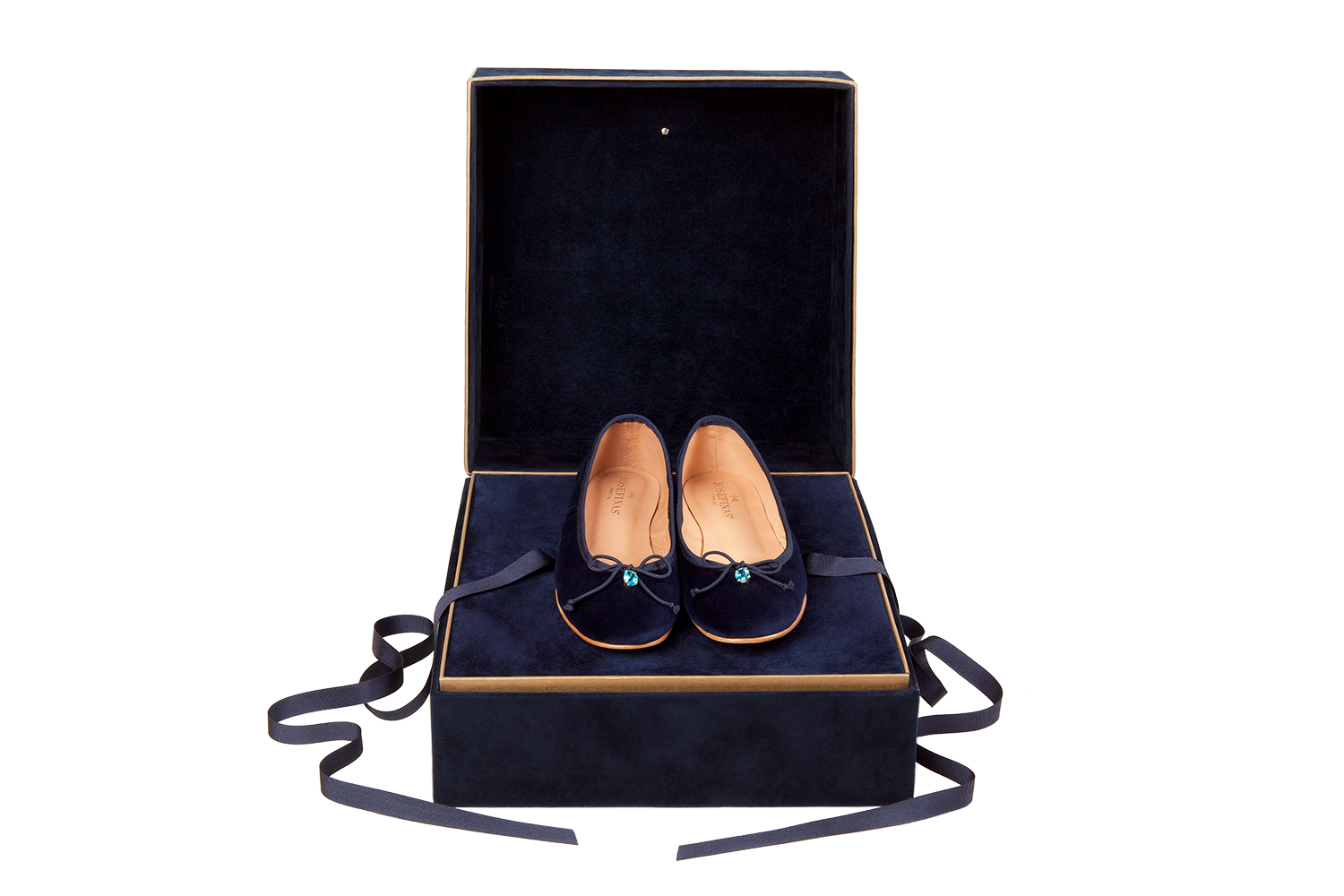
Photo courtesy of Josefinas
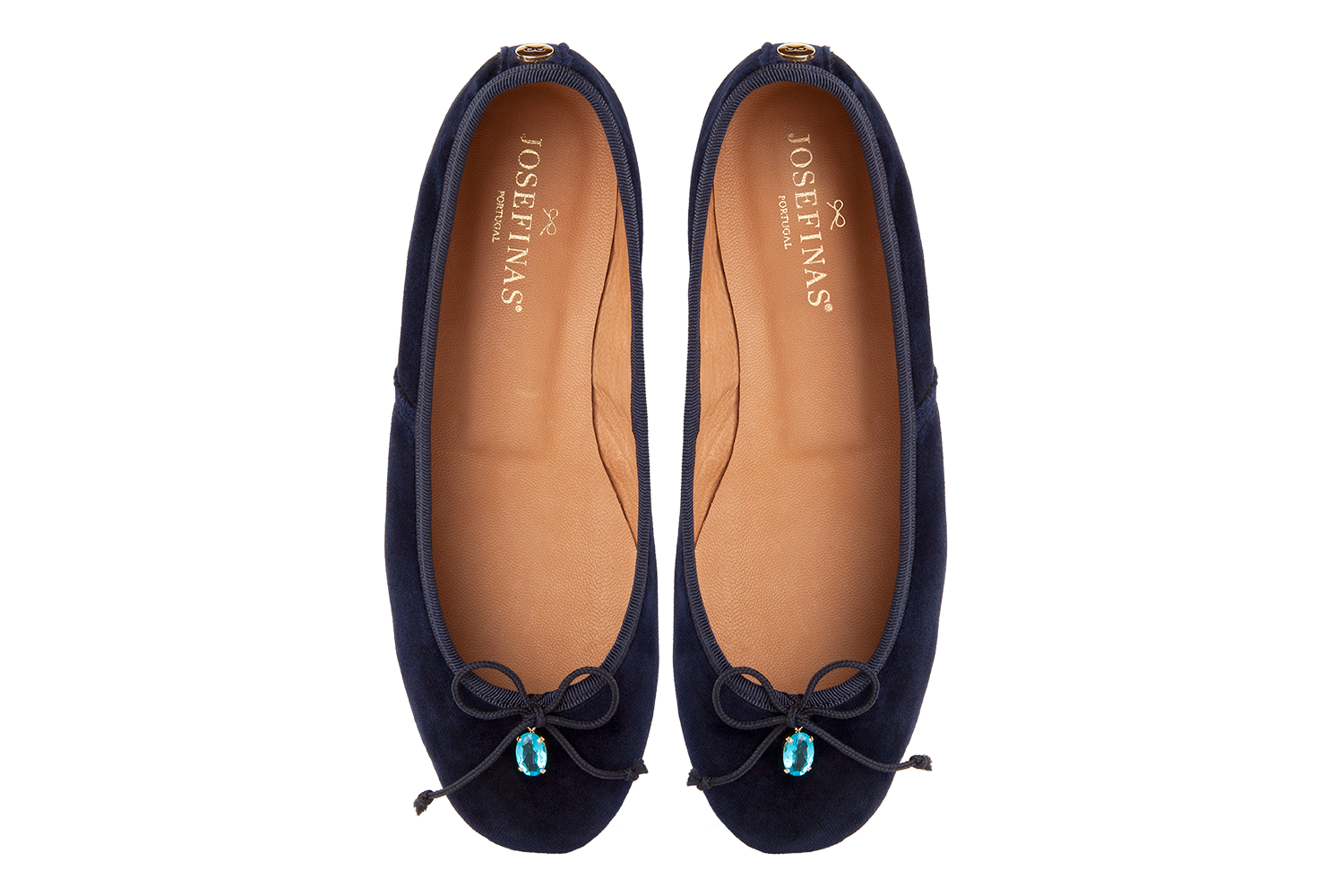
Photo courtesy of Josefinas
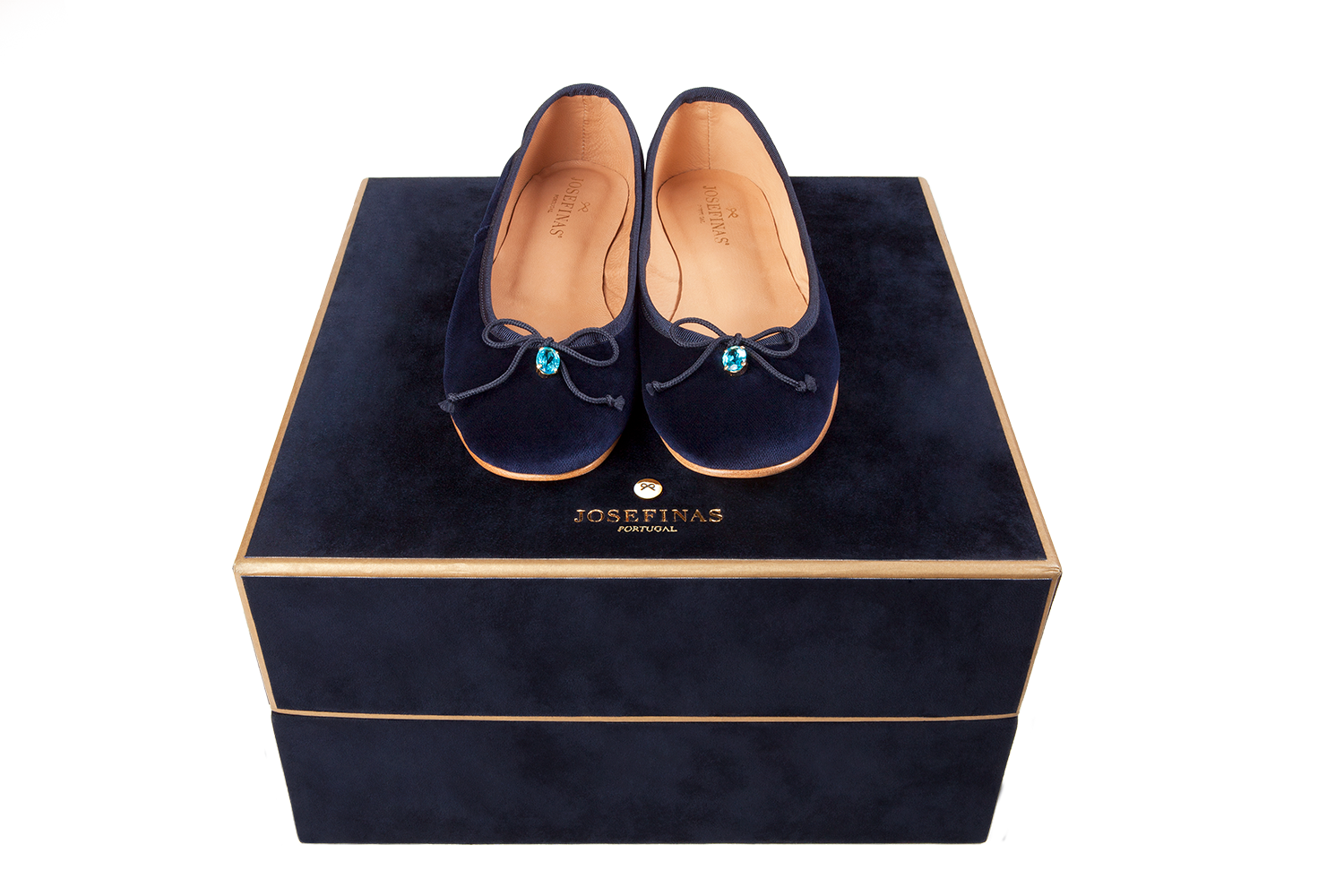
Photo courtesy of Josefinas